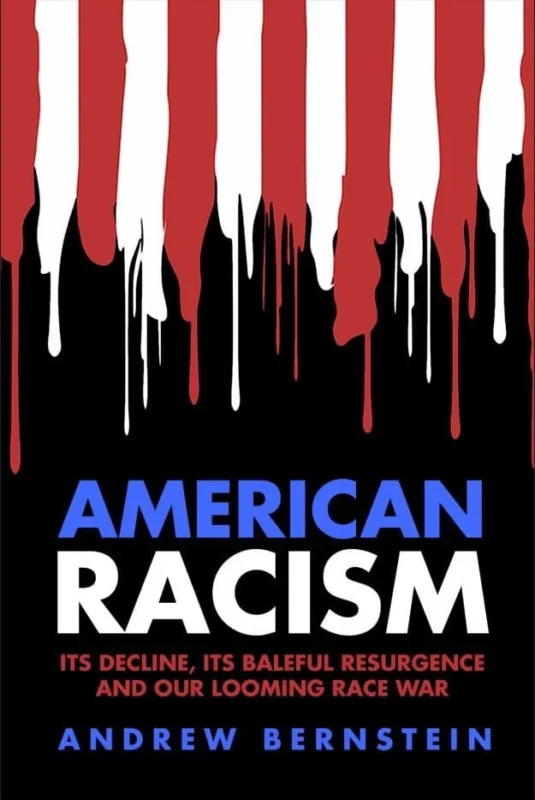Last week’s Supreme Court rulings in the University of Michigan cases set a modern record for shamelessess. State universities are not barred by the Constitution from engaging in racial discrimination, five justices decided. They are only prohibited from doing so blatantly. The court had the opportunity to declare, once and for all, that penalizing or rewarding people on the basis of skin color is repugnant to the Constitution. It declared instead that when racial preferences march under the banner of “diversity,” the Constitution winks and looks the other way.
And so another generation is condemned to the racial obsessiveness that now permeates American campuses.

Cartoon: Cox and Forkum
Justice Sandra Day O’Connor wrote in her majority opinion that there is a “compelling state interest” in racial and ethnic diversity in academia, because it promotes “cross-racial understanding” among students and “helps to break down racial stereotypes.” But that is at best a debatable proposition. As The Washington Post reported last month, the data show that “students are no more likely to engage one another across racial lines when they finish college than when they arrive.”
Far from turning universities into gardens of racial harmony and understanding, the “diversity” fetish has left them racially wary and balkanized. If O’Connor had been in Ann Arbor earlier this spring, for example, she might have encountered “Black Celebratory 2003,” the blacks-only graduation ceremony the University of Michigan hosts each year.
Such segregated events are not unique to Michigan. They take place at many schools, including Vanderbilt, Washington University, Stanford, Berkeley, and the University of Pennsylvania. But the separatism begins long before graduation. On many campuses, minority students begin their freshman year by attending racially separate orientations. They frequently go on to live in racially separate dorms, get counseling and other assistance at racially separate “resource centers,” eat at racially separate dining tables, review their notes in racially separate study groups, and socialize at racially separate fraternities and sororities. Once, this ugly isolation of people by race was called Jim Crow. Today it is called “diversity.”
Defenders of this self-segregation say it helps minorities surmount the difficulties of attending a largely white university. “Our students need the support they get from one another,” Patricia Williams, dean of the black dormitory at Penn, has said. “Often, they don’t receive the same recognition and psychological support as other students at the university.”
But black students would not need so much support if they weren’t attending colleges and universities at which so many of them are academically outmatched. In that sense, students who take part in segregated graduation galas do indeed have something to celebrate. Unlike many of their racial peers, they’re actually graduating.
But to point that out is to commit the social faux pas of noticing the elephant in the affirmative-action living room: the failure of far too many black students to finish college. Nearly half of all black Americans between 25 and 29 have been to college, Stephan and Abigail Thernstrom wrote in their sweeping 1997 book, “America in Black and White,” but only 15 percent managed to earn a bachelor’s degree. The Journal of Blacks in Higher Education said in 1994 that the black college dropout rate was “disastrous.” It still is.
This is the unfortunate and unavoidable result of race-based admissions. To achieve a racially balanced student body, universities lower the acadmic standard black and Hispanic applicants must meet. That enables the schools to avoid the embarrassment of an insufficiently “diverse” entering class. But it also condemns the racially preferred minorities to an academic environment in which they are consistently outperformed. That embarrassment, apparently, the schools don’t mind.
“The educational benefits that diversity is designed to produce,” O’Connor’s opinion asserts, “are substantial.” Those “benefits” include pervasive racial separatism, markedly lower black grade-point averages, and a black dropout rate that is a national disgrace.
Affirmative action is not about “educational benefits.” It is about aesthetics — about ensuring that students matriculate according to a politically correct color scheme: so and so many whites, so and so many blacks, so and so many browns and yellows and reds. “The law school is not looking for those students who, despite a lower LSAT score or undergraduate grade point average, will suceed in the study of law,” wrote Justice Clarence Thomas in his coldly furious dissent. “The law school seeks only a facade — it is sufficient that the class looks right, even if it does not perform right.”
American universities will never perform right until the day they stop judging people by the color of their skin. Thanks to five Supreme Court justices, that day is farther off than ever.









